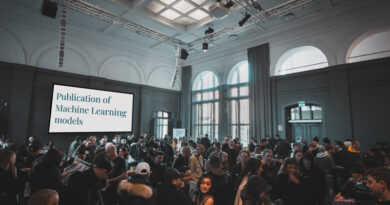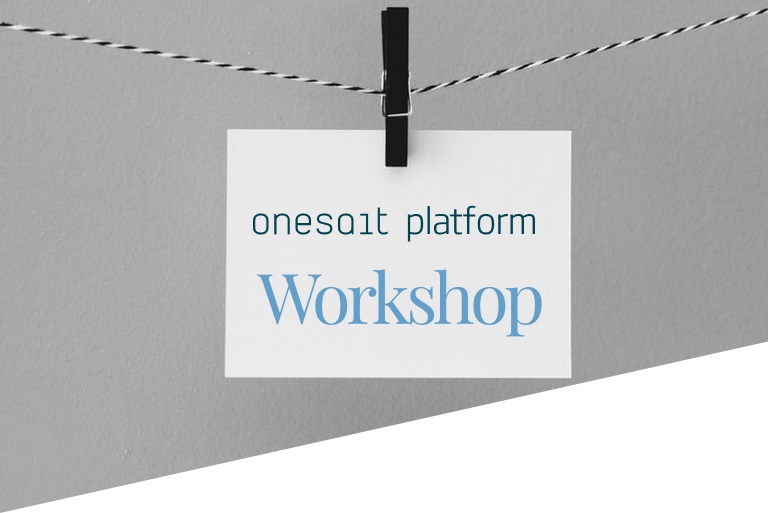Training course (part I): Ontologies
Last May, the «Intelligence and Data» team held an online training course on the Onesait Platform, which we told you about here on the blog (part I and part II).
Due to the interest generated by the course, we have decided to create a number of explanatory videos with the content taught during the course, so that, over the next few weeks, we will be bringing you the different videos of the course.
The course is organized with the following sections:
- Ontologies
- DataFlow
- FlowEngine
- Notebooks
- APIs and Tokens
- SQL
- Introduction to MongoDB
- Datasources
- Dashboards and Gadgets
- My Files, Web Projects, My Projects
- JasperReports
Important: As the course videos were recorded in Spanish, we have added subtitles both in Spanish and English for your convenience.
1 – Ontologies
The Onesait Platform is based on a DataCentric architecture, where ontologies are the Platform’s core. The ontology entails the data model within the Platform, constituting a table in the simplest case, or a set of tables in a complete domain model.
It is represented as a JSON-Schema, which defines the structure of the information to be stored. During this module, the reasons why the use of ontologies makes sense are explained, including the templates offered by the Onesait Platform to follow recommendations or standards, the storage independence, the query engine that allows executing queries in SQL or in native language, the possibility of APIfying ontologies, the visual representation through Dashboards, the Platform’s AI capabilities through a Notebook Hub, etc.
Also, the CRUD operations (Create, Read, Update, Delete) will be reviewed and the different methods for creating ontologies will be exposed. Finally, two practical cases are proposed, the first one consisting of the creation of an ontology from scratch, step by step, and the second, using a XML file.
YouTube | Curso de formación de la Onesait Platform – 01 – Ontologías





Pingback: Training course (part VI): SQL – Onesait Platform Blog
Pingback: Training course (part X): My Files, Web Projects & My Projects – Onesait Platform Blog
Pingback: Training Course (Part XI): JasperReports – Onesait Platform Blog
Pingback: Training course (part VIII): Datasources – Onesait Platform Blog
Pingback: Training course (part IX): Dashboards and Gadgets – Onesait Platform Blog
Pingback: Training course (part III): FlowEngine – Onesait Platform Community
Pingback: Training course (part II): DataFlow – Onesait Platform Community